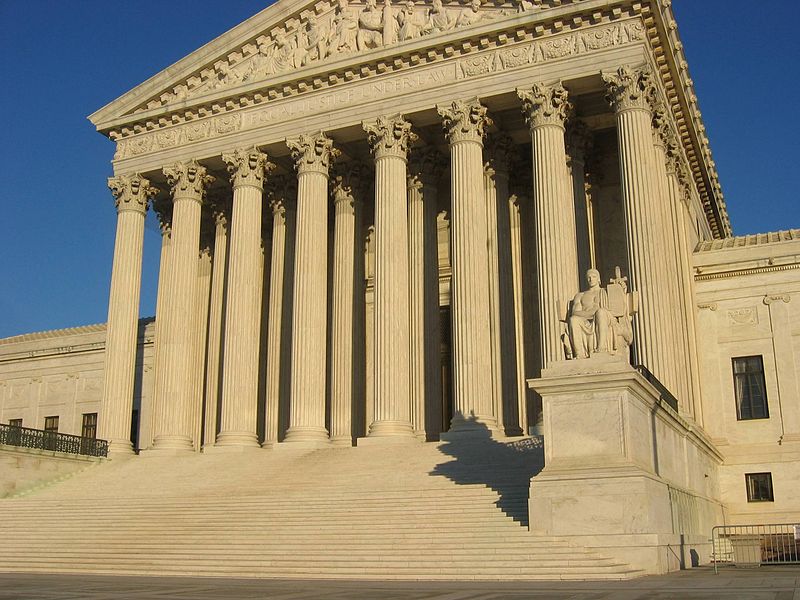NSA Surveillance of Electronic Communication Metadata: Remarks of Professor Perritt
by Gordon Waldron, Chair of the Chicago Council of Lawyers Civil Liberties Committee
Chicago-Kent Law Professor Henry Perritt spoke at the January 10, 2014 meeting of the Civil Liberties Committee of the Chicago Council of Lawyers about surveillance by the National Security Administration (“NSA”). His talk focused on the NSA’s gathering of telephonic metadata on all American phone calls (numbers called, numbers from which calls are received, when, and length).
But he also emphasized that NSA is also gathering metadata on the internet usage of many Americans. (Internet metadata includes the web pages you visited and for how long, and the addresses to which you have sent and from which you have received email.)
He noted that the law currently provides the most protection for the privacy of the content of live conversations and communications, less protection for records of the content of past communications, and the least protection for metadata about communications. He argued that metadata deserves more protection because the ability of the government to obtain metadata on your internet searches and email traffic is like having a government agent look over your shoulder when you browse for a book in the library or select a magazine from a newsstand.
Two Steps of NSA Telephonic Surveillance of Metadata
The NSA surveillance of telephonic metadata is a two step process. Since May 2006 NSA has obtained orders from the secret Foreign Intelligence Surveillance Court (“FISC”) directing telecommunication companies to produce to it daily telephonic metadata records, which NSA then consolidates into one huge data base. That’s the first step.
NSA then decides on its own when to query (view) particular information from that vast data base. No court is involved in the second step. Instead, NSA says it follows guidelines that require it to have a “reasonable articulable suspicion” that the query “is associated with one or more of the specified foreign terrorist organizations approved for targeting by the FISC.”
But the scope of the query can be vast. It involves three levels of data retrieval. The first is every number the suspect has called and received calls from. The second is every number those numbers have called and received calls from. The third is every number those numbers have called and received calls from. If in the last five years (the period NSA maintains the records), each person has, on the average, made calls to and received calls from 100 different numbers, then NSA retrieves 100 x 100 x 100, or one million telephone numbers for each suspect.
Professor Perritt’s Recommendations
1) Professor Perritt recommended that NSA not be allowed to query (view) particular information from the vast data base of metadata without first asking and receiving approval from a federal judge. Although most NSA staff would follow the rules that protect the privacy of metadata, there is always a chance that one NSA employee might break the rules. Example number one is Eric Snowden.
2) He also recommended that the opinions of the Foreign Intelligence Surveillance Court be made public after a period of time – perhaps between 1 and 6 months – although the court should be allowed to redact particularly sensitive information from the opinions. He argued that increased transparency would reduce the public’s distrust of that court.
3) He agreed that assigning a public advocate to the FISC to make arguments on the side of privacy would also be useful. He noted that appointments of guardians ad litem, and special prosecutors were similar concepts.
Two Judges Disagree on the Constitutionality of the Telephonic Metadata Surveillance
Recently Judge Leon of the federal district court in the District of Columbia ruled NSA’s gathering of telephonic metadata was unconstitutional (but stayed his order enjoining it). Klayman v. Obama, 2013 WL 6571596. But Judge Pauley of the federal district court in New York City ruled it constitutional. ACLU v. Clapper, 2013 WL 6819708. What explains the difference?
One reason is that the judges viewed differently the 1979 Supreme Court decision in Smith v. Maryland, 442 U.S. 735, which upheld the police’s installation without a warrant of a device that revealed that a criminal defendant’s telephone had been used to call the victim of a crime. The Supreme Court held that the defendant had no reasonable expectation of privacy in the numbers dialed from his home because he voluntarily transmitted them to his phone company, which keeps the information in its business records.
Judge Leon thought that Smith was far removed in scope from NSA’s massive acquisition of telephone metadata on all Americans, which he called “Orwellian.” He also noted that since the onset of cell phones after 1979, metadata from each person’s phone (especially if that includes location) now reveals “an entire mosaic – a vibrant and constantly updating picture of the person’s life.” He concluded, “I cannot possibly navigate these uncharted Fourth Amendment waters using as my North Star a case that predates the rise of cell phones.”
Judge Pauley, however, noted that NSA was gathering information only as to numbers called, numbers from which calls are received, when and how long, as to which Smith v Maryland had ruled there was no expectation of privacy. He also noted that the Supreme Court has instructed lower courts not to predict whether it would overrule a precedent.

